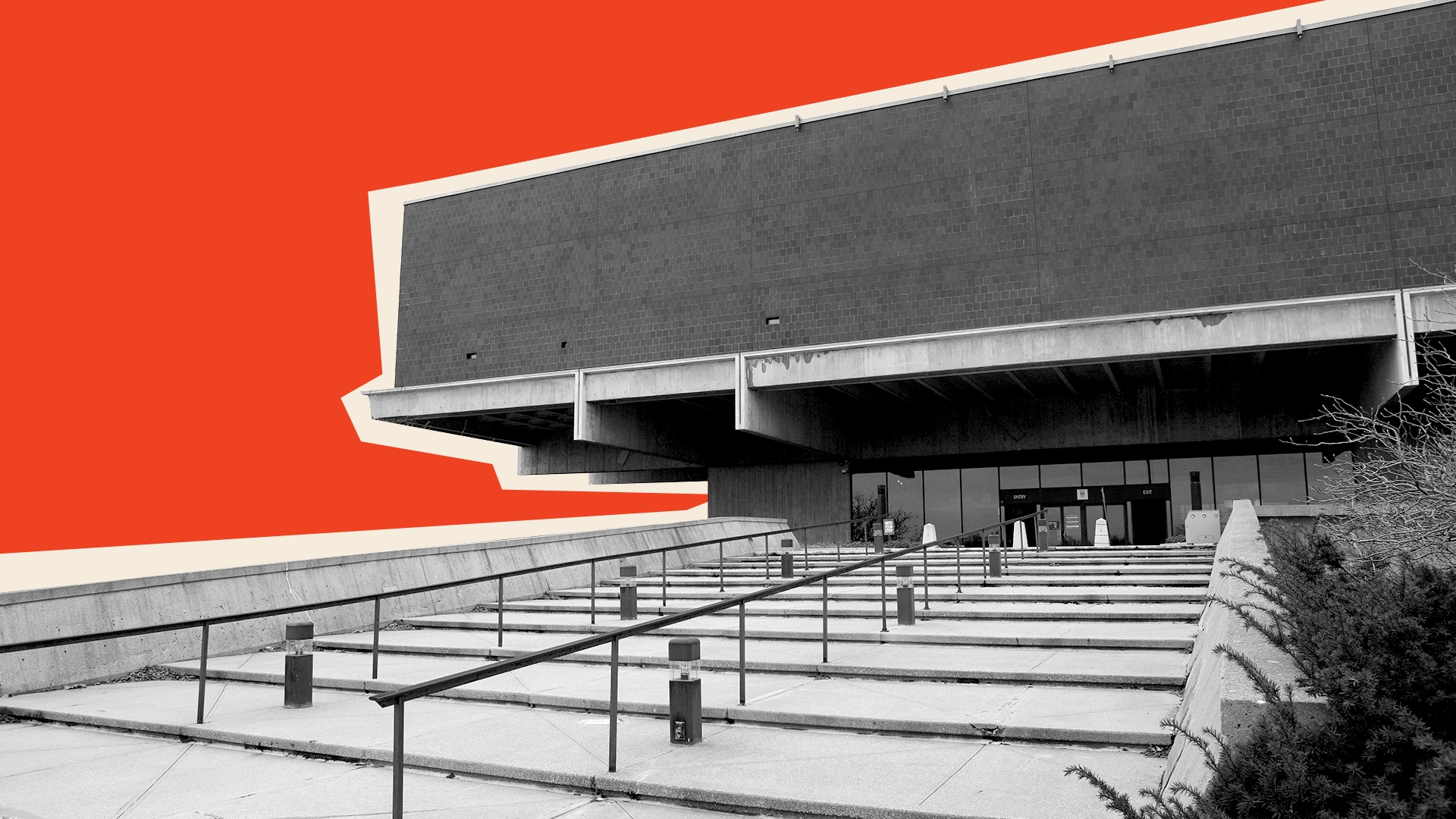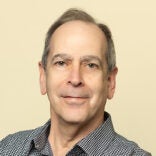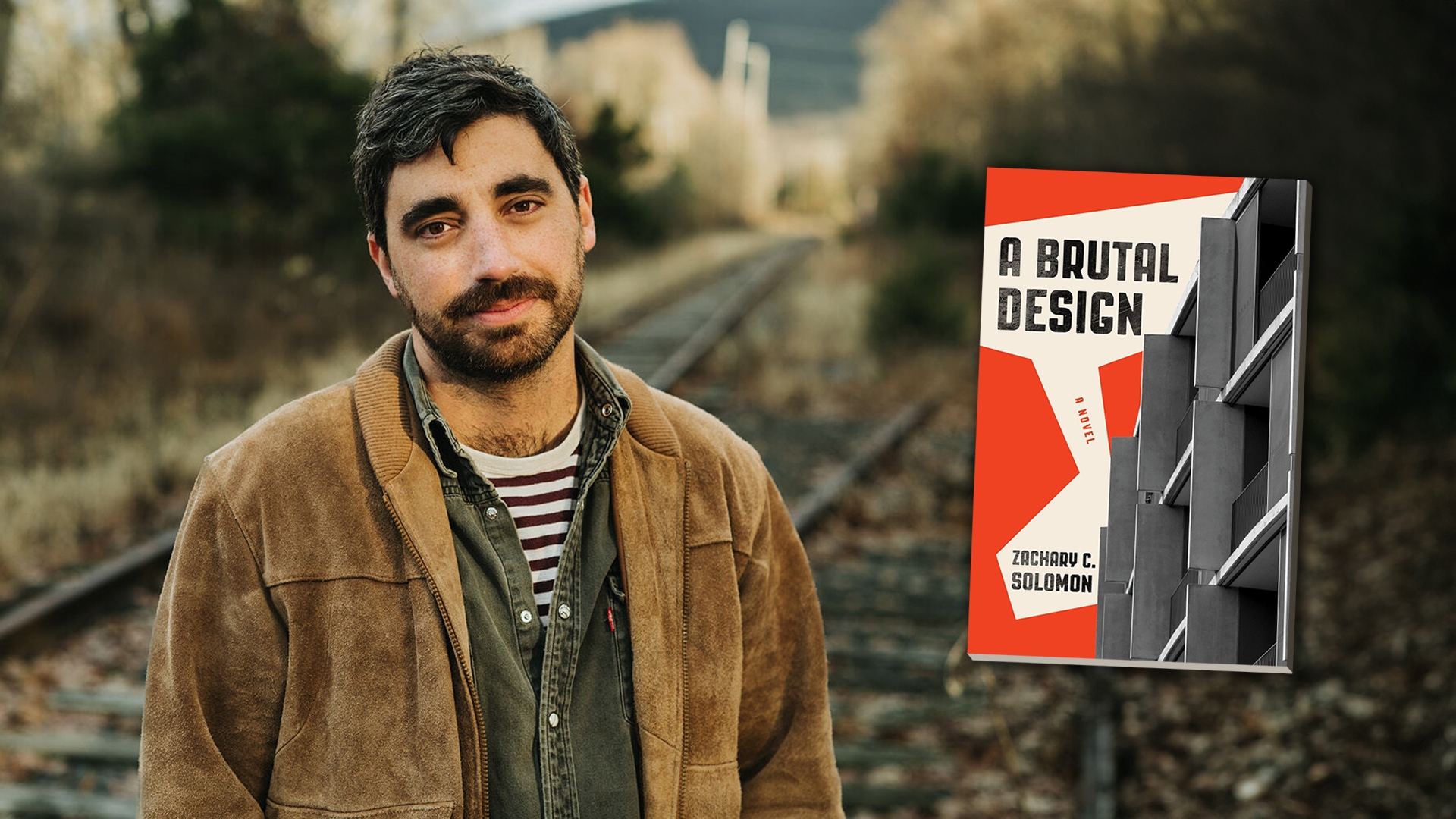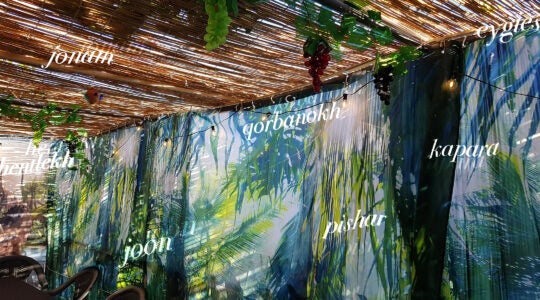(JTA) — At some point during my reading of Zachary Solomon’s debut novel, “A Brutal Design,” I needed to look up Duma, the utopian city-state where the novel is set, and see if it is a real place.
It isn’t, but it is richly imagined: Duma is an “experiment in the desert” where “alternate ideologies could be put into practice without threat.” Its idealism is expressed in its architecture — modernist apartment blocks, plazas and factories that appear to draw on 20th-century movements like Bauhaus and “Brutalism,” the minimalist, utilitarian design trend that emerged in the 1950s.
But Duma is not what it seems, as Solomon’s Jewish protagonist, Zelnick, learns soon after he arrives hoping to take a job as an architect. Like Margaret Atwood’s “Oryx and Crake” or Aldous Huxley’s “Brave New World,” Solomon’s novel is about the sinister side of social engineering. Duma turns out to be a place that recreates the evils of a world it is meant to replace — including antisemitism, racism and a strict caste system.
Set in what could be an alternative timeline, “A Brutal Design” joins a growing genre of Jewish “speculative fiction” — think science fiction without aliens, time travel or anything you couldn’t find in the real world. It’s a genre that ranges from Franz Kafka’s absurdist fables to Marge Piercy’s 1991 novel, “He, She and It” to Michael Chabon’s 2007 novel “The Yiddish Policemen’s Union.” More recently, the Israeli-born writer Lavie Tidhar has written novels about a future, post-Israel Tel Aviv (“Central Station”) and an alternative Jewish homeland in Africa (“Unholy Land”). “Other Covenants,” an anthology of Jewish alternate history stories, was published in 2022.
Solomon, 34, says he is obsessed with modern art, architecture and the Jewish condition. Writing about an alternative reality, he told me, allowed him to “experiment with these ideas and see where they take us in a way that’s much more difficult to accomplish than when you have characters that are strictly reality based.” He welcomed the challenge.
Solomon grew up in Miami and attended Clark University in Worcester, Massachusetts. He has lived in Boston, Brooklyn and Columbus, Ohio, and was a contributor to Jewniverse, an online almanac of Jewish culture and history. (Jewniverse was a project of 70 Faces Media, the Jewish Telegraphic Agency’s parent company.) He received an MFA from Brooklyn College, where he was a fellow of the Truman Capote Literary Trust.
He lives in the Hudson Valley with his wife, the novelist Mandy Berman, and their two children, including a baby who arrived just weeks before “Brutal Design” was published on Jan. 30.
We spoke last week about the persistence of antisemitism, the failure of Holocaust memorials and how a particularly ugly library turned out to be the best place to write a dystopian novel.
The conversation was edited for length and clarity.
The typical debut novel is a bildungsroman — a coming-of-age novel. Or it is a realist novel set in college or the author’s early adulthood. What drew you to dystopian, speculative fiction for your first published book?
My first novel was, in fact, about a post-college student and neurotic Jew living in Brooklyn and encountering art and, you know, sexual frustration. But while I’m still proud of that, I couldn’t get an agent for it. My second book was my attempt to write the more mature novel, but it wasn’t great and I still couldn’t get an agent with it. So after six, seven years of writing books, I wrote what I think is the truest expression of who I am, which is a very strange book that wears its obsessions pretty nakedly. I love contemporary art. I love architecture. I can’t help but write about Jews. I can’t really get away from the Holocaust. For this book, I wanted to try to write a book that would make me feel the way that I feel when I see or read or experience a piece of art: I like to be freaked out. I like having a sense of the uncanny. I like the sense of the sublime.
Your book is set in an imaginary country in an unnamed decade, although it appears to be after the Holocaust. The main character is a Jew whose parents were killed when he was a child in what appears to be an antisemitic pogrom. My question is, what does a Jewish dystopian novel add to the accounts of real-life dystopias that Jews have lived through, whether it was Nazi Germany or the Soviet Union?
I wanted to write a book that was kind of historical, that has technology from the past, present and the future. It references Nazism, but it’s unclear whether it’s the same timeline. The book explores the inevitability of antisemitism that’s systemic and endemic, and I wanted to see what happens when that fact of life is not tied, for instance, to interwar economic problems for which Jews can be used as a scapegoat. I was experimenting with the idea of, what does antisemitism look like without history books?
I am also working through my own experiences of being a Jew in the world. My grandfather, who is a survivor, is still with us. He’s an incredibly old man. There’s 245,000 survivors left in the world and every year that decreases by 10-15%. As the Holocaust becomes recorded history only, the book is a reminder to check some of the overconfidence I have about my position being alive as a Jew. It’s more tenuous than I think most people realize. I experienced it to be more tenuous. It feels like there are no guarantees, which I think is bearing out a lot over the last few months.
Your city of tomorrow, or whenever it is set, reminds me of Birobidzhan, the “Jewish Autonomous Region” set up by the Soviets in 1928 to solve their own so-called Jewish problem. Except Duma appears to be an autonomous region for free thinkers rather than Jews.
Definitely, Birobidzhan was on my mind. Planned communities, kind of ersatz utopias, and even company towns were huge influences for me. The germ of this novel came from a New York Times Style Magazine essay called “Utopia, Abandoned,” by Nikil Saval about a town in Italy called Ivrea, which was the home of Olivetti typewriters. It was a planned socialist company town that provided all of the amenities: free childcare, sports leagues, libraries and schools. They brought in these extraordinary leading modernist architects and so many of the buildings are hyper-modernist structures. In my head, I was kind of recreating this town.
I grew up going to Disney World, and Disney World itself is this kind of freakish, demented utopia. But there’s a town called Celebration outside of Orlando where Disney employees were going to live. Or think of Levittown on the eastern seaboard. The idea of these planned communities is so tantalizing. There’s a common goal and you have financial security and your kids are taking care of and you can experiment with new ideas, whether it is communism or an alternative governing. It doesn’t just have to be a capitalist society.
And these places have so much promise and they’re filled with hope and almost every single time they are destroyed from within, whether it is because of racism, like in Levittown, or greed or capitalism.
Your novel also made me think of another place meant to be a utopia in the desert, where people scattered across various countries all come to the same place to live and work and have to speak the same language, in what at first seems like a grand socialist experiment. I thought: That sounds like Israel. Did that cross your mind, that Israel was another kind of — I hate to say this — failed utopia?
Yes, it absolutely did. I don’t write about Israel, but I think about it obsessively. But it stops there for me, and now especially it’s too painful for me. I purposely did not make connections in my fiction to Israel. I’m avoiding it pointedly.

Solomon wrote parts of his book at the forbidding Ohio History Center in Columbus, “which looked exactly like the world I was trying to create.” (Sam Howzit, Wikipedia/JTA illustration by Mollie Suss)
Another echo of Jewish culture in your book is the theme of memorials. A character in your book, Miriana, is making these grand artworks — including one that specifically references Nazism —that all seem vaguely like memorials. At one point you describe what sounds like the Holocaust memorial in Berlin, and imagine a point in the future or an alternative history when it will be stripped of its meaning as a memorial to the murdered Jews. Do you distrust the intent of people who make these memorials, and maybe how they’re received?
I love memorials. I love them as architectural or artistic challenges. I love them for, at best, the feelings that they can fill me with: hurt and fear and everything else. And I also think they are almost uniformly all failures. There’s an element of fakeness to them. The idea of creating something whose sole and primary purpose is to remind you of something else is an impossible challenge. You know that cliche from Theodor Adorno: There’s no poetry after the Holocaust. To me, it’s the same principle. People can have really genuine experiences, really extraordinary emotional responses to them, but I’ve never really understood what the point of it is, other than to make oneself feel good about having that response. And I’ll be the first to say that’s also a really cynical take.
Your hero, Samuel Zelnick, is enamored with the memorial art he finds in Duma, until he becomes disillusioned with their maker and realizes the motivations behind them are not what they seem.
He’s floored by them, in part because he wants to believe that his former professor, Miriana, is an ally in wanting to make the world a better place and is very anti-antisemitism, anti-fascism and when he looks at her art, there is evidence of it. There is this kind of duality to memorials: You could very easily look at a Holocaust memorial and say to yourself, “This is actually an homage to the Holocaust and how great the Nazis were at killing the Jews.” Granted, that’s not a typical person’s experience, but it is similar to the fine line between modernism and fascism. When it comes to extreme idealism about the way the world should be, it’s very easy to slip from one side to the other side.
Explain that a little bit more for me, where modernism and fascism come together and where they diverge. I know your protagonist moves to Duma in hopes of using his training as an architect to create “a truly equalizing architecture.”
I was struck by Le Corbusier, a kind of father of modern architecture, who designed a building in Marseilles called Unite d’ Habitation. And it’s not just an apartment complex. It’s got Architecture Classics: Unite d’ Habitation / Le Corbusier | ArchDailya rooftop garden, schools and doctors offices. Ostensibly, you could live your whole life in this building and never leave. But like fascism, these modernist ideals, these socialist ideals, have this really strong sense of the way the world could be. It’s a utopian sense. What if we were all equal? What if we all lived in a place where everybody had the same amenities available to us, the same resources but there was no hierarchy, there was no class stratification? What if it was all perfect? And then I think to myself, these buildings were designed for an ideal human type, and that gets you thinking about the Aryan ideal, the Nazis’ notion of achieving racial purity. When you consider equality while ignoring differences, then you’re veering very close to fascism.
Are you a reader of speculative fiction? Have you looked at some of the Jewish traditions of people writing science fiction? One of your characters has the nickname Samsa, which was the name of the main character in Franz Kafka’s “Metamorphosis,” so can I assume that was an homage to Kafka?
I’m definitely a fan of Kafka, especially “The Trial” — and specifically the Orson Welles film adaptation of it that is just covered with Brutalist architecture. I saw that and thought, “This is exactly what I want my book to look like.”
But my love of speculative fiction comes from Etgar Keret, the Israeli writer. I was given a book of his short stories in high school or college, and it was my first experience with magic realism. Then I really got into Gabriel Garcia Marquez, Salman Rushdie, the heavyweights of that genre. And then I got to graduate school, and I moved to New York City, and I couldn’t stand it anymore. All of a sudden it felt like the fiction of my youth. I was being taught Raymond Carver short stories and John Cheever stories.
But I came back to it. Unrealistic writing has the capacity to make me feel in ways that that strictly realist writing can’t.
Another strong influence on this book was “The Stranger” by Albert Camus. In addition to the existential dread, you also have a character who is intentionally experimenting with evil, saying, “Well, I’ve tried being good for a while and I’m curious to see what it would feel like if I was bad.” That feels speculative to me. It’s actually real life, but it feels speculative to me.
In your acknowledgments you talk about writing some of the book in the “vast and terrifying” Ohio History Center in Columbus. Tell me more.
It’s an absolutely hideous, massive, monumental, Brutalist building.
Those are all good things to me. Sitting in their archive and writing in this cold, echoey, inhospitable, deeply uncomfortable space, with the archivists and librarians giving me dirty looks for no reason — everything about it was so perfect. I was able to write my book in a space that was exactly like the world I was trying to create.
And then I would go to Bexley, a neighborhood in Columbus with a lovely neighborhood library that was the complete antithesis of this Brutalist place — a homey, lovely, quiet room that would be like a palate cleanser.
Every building is a philosophy. Every building is an argument about the way architects think the world should be. And sometimes it seems like the architect wasn’t thinking about me at all.
JTA has documented Jewish history in real-time for over a century. Keep our journalism strong by joining us in supporting independent, award-winning reporting.







